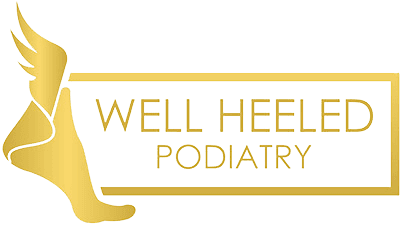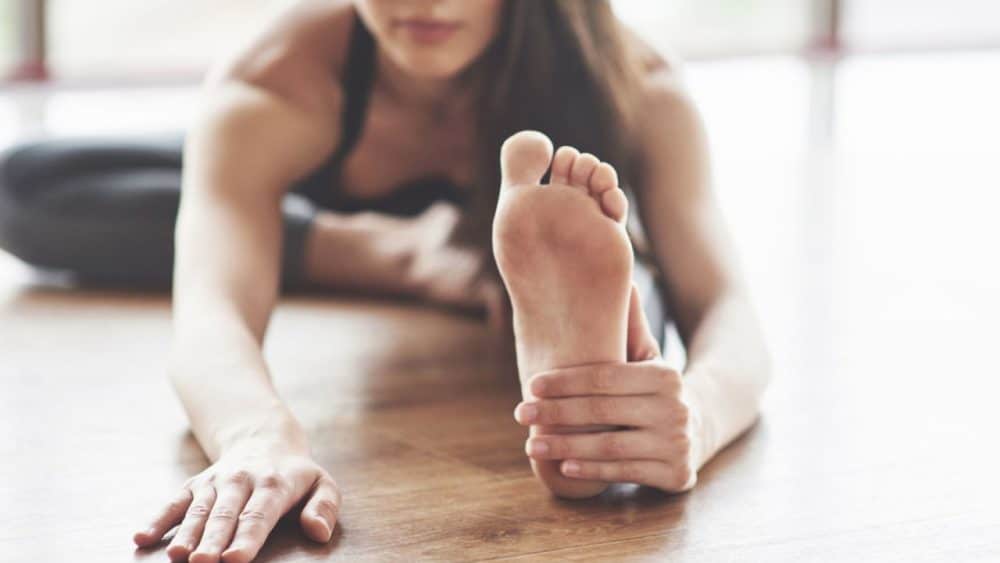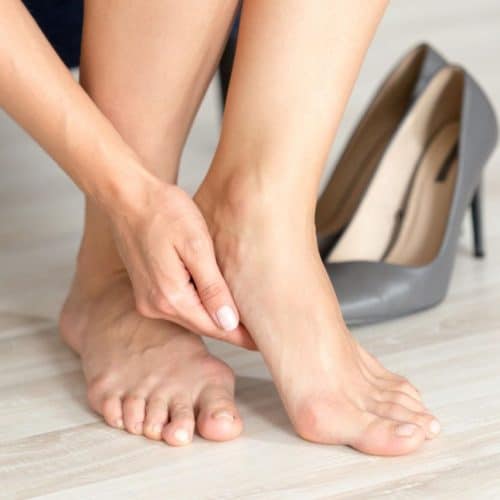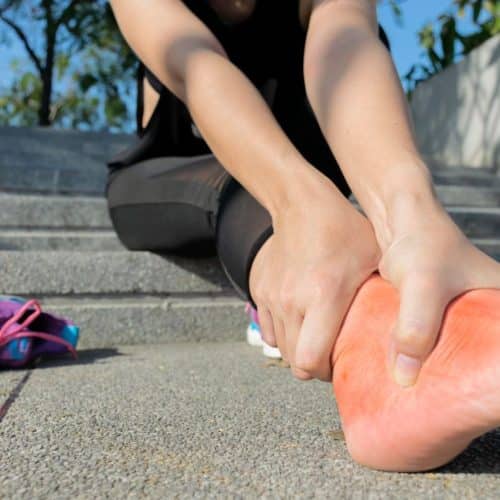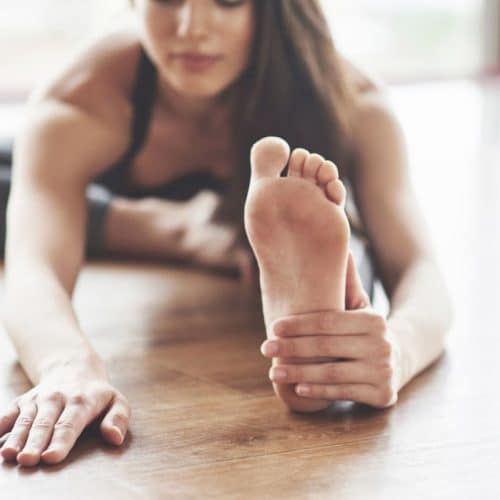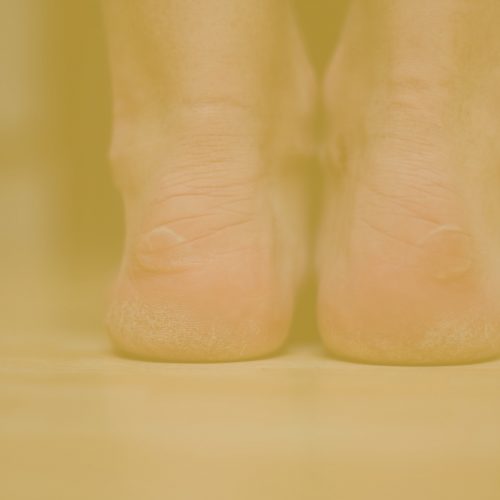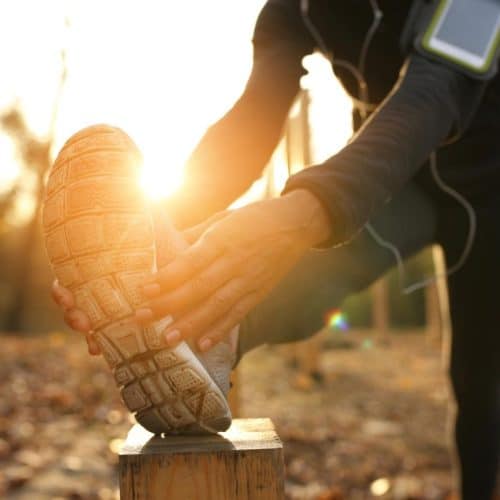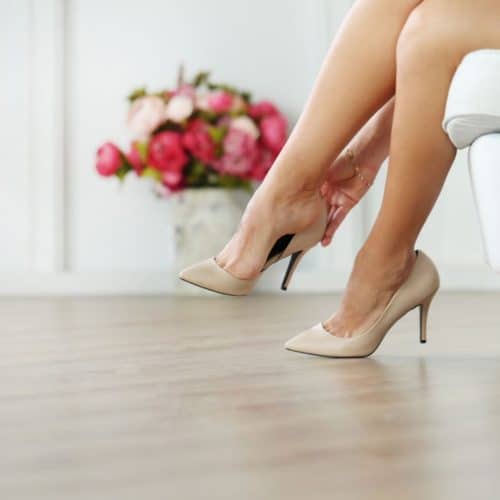Heel spurs, while common, often go unnoticed until they become symptomatic. These bony protrusions that develop on the underside of the heel bone can cause significant discomfort if not addressed promptly. We’ll delve into the symptoms of heel spurs and offer some guidance on how to manage them effectively.
What Are Heel Spurs?
Heel spurs are calcium deposits that cause a bony protrusion on the underside of the heel bone. They often develop over prolonged periods and can be caused by strain on foot muscles and ligaments or the repeated tearing of the heel bone’s membrane.
What Are The Main Causes?
Heel spurs are often the result of an underlying issue or a combination of factors. Understanding these causes can help in both prevention and management. Here are the main culprits behind the development of heel spurs:
- Repetitive Stress: Constant stress or strain on the foot, especially the heel bone and the soft tissues attached to it, can lead to the formation of heel spurs. This is commonly seen in athletes or individuals whose activities involve a lot of running or jumping.
- Plantar Fasciitis: This is one of the most common causes of heel spurs. Plantar fasciitis is the inflammation of the plantar fascia, a thick band of tissue that runs across the bottom of your foot and connects your heel bone to your toes. The stress and tension on the fascia can lead to the development of spurs on the heel bone.
- Improper Footwear: Shoes that don’t offer proper support, especially in the arch and heel areas, can contribute to the onset of heel spurs. High heels or shoes with thin soles can exacerbate the problem.
- Abnormal Walking Patterns: An irregular gait or walking pattern can lead to uneven weight distribution, putting extra stress on the heel bone and attached tissues, leading to heel spurs.
- Age: As we age, the flexibility of our ligaments decreases, and the natural padding on our heel tends to wear down. This makes the heel more susceptible to conditions like heel spurs.
- Excess Weight: Carrying extra pounds can stress the feet, especially the heels. This increased pressure can lead to conditions like plantar fasciitis and heel spurs.
Understanding the root causes of heel spurs is essential for effective prevention and treatment. If you believe any of these factors apply to you, it’s crucial to take proactive measures and consult with a foot specialist to ensure the health and well-being of your feet.
Key Symptoms
Asymptomatic Nature: Interestingly, not all heel spurs result in noticeable symptoms. Many individuals may have them without realising it, as they can be asymptomatic, causing no pain or discomfort.
1. Pain and Discomfort
- Type of Pain: For those heel spurs that become symptomatic, the pain is often described as a stabbing sensation, similar to a pin or knife sticking into the bottom of the foot. This can manifest as a dull, persistent ache, especially after rest or inactivity.
- Timing: The pain is typically more pronounced in the morning upon waking up and taking the first few steps. It can also intensify after standing, walking, or engaging in specific activities that put pressure on the heel.
- Location: While the pain primarily centres around the heel, it can also radiate along the foot arch, especially if associated with conditions like plantar fasciitis.
2. Physical Changes
- Swelling: Some individuals may notice mild to moderate swelling around the heel area. This swelling can make shoes feel tighter and can cause additional discomfort.
- Heat: The affected heel might feel warmer to the touch than the other foot. This warmth results from increased blood flow to the area as the body tries to heal and manage the inflammation.
- Redness: Along with the heat and swelling, the skin over the heel spur might appear reddened, indicating inflammation and irritation.
3. Aggravating Factors
Certain activities or factors can exacerbate the symptoms of heel spurs. These include:
- Footwear: Wearing shoes with inadequate support or cushioning, especially high heels or shoes with a thin sole, can intensify the pain.
- Physical Activities: High-impact activities like running, jumping, or prolonged walking can aggravate the symptoms.
- Weight: Carrying excess weight can put additional pressure on the heel, making the heel spur symptoms more pronounced.
Understanding these symptoms is crucial for early detection and management. If you experience any of these signs, it’s essential to consult with a podiatrist or foot specialist to get a proper diagnosis and treatment plan.
What To Do?
If you suspect you have heel spurs or are experiencing symptoms associated with them, it’s essential to take proactive steps. Here’s a guide on what to do:
- Consult a Podiatrist: The first and most crucial step is to see a foot specialist or podiatrist. They can provide a definitive diagnosis through physical examinations and imaging tests like X-rays.
- Wear Proper Footwear:
- Supportive Shoes: Ensure your shoes provide adequate arch support and have a cushioned sole to reduce the impact on your heel.
- Avoid High Heels: High heels can exacerbate heel spurs. If you must wear them, limit the duration and consider heel cushions.
- Orthotic Inserts: Custom-made or over-the-counter orthotic inserts can provide additional support and cushioning.
- Physical Therapy: Physical therapy can help stretch and strengthen the muscles and ligaments in your feet, reducing the stress on the heel spur.
- Cold Compress: Applying a cold compress to the affected heel can help reduce inflammation and alleviate pain.
- Medications: Over-the-counter pain relievers and anti-inflammatory drugs can help manage pain and reduce inflammation. Always consult with a healthcare professional before starting any medication.
- Weight Management: If excess weight is a contributing factor, consider a weight loss plan to reduce the strain on your feet.
- Limit Aggravating Activities: Reduce or modify activities that put excessive strain on your heels, such as prolonged standing, running, or jumping.
- Surgical Intervention: In rare cases where conservative treatments don’t provide relief, surgery might be considered to remove the spur.
- Stay Informed: Educate yourself about heel spurs, their causes, and treatments. Being informed allows you to make better decisions about your health.
- Follow-Up: Even after symptoms subside, it’s essential to have regular check-ups with your podiatrist to ensure the condition doesn’t worsen or recur.
Remember, heel spurs are manageable with the right approach and care. Early intervention and consistent management ensure that heel spurs don’t significantly impact your daily life. Always seek professional medical advice if you’re in doubt or the pain persists.
Prevention
Preventing heel spurs is often more straightforward than treating them. Taking proactive measures can significantly reduce the risk of developing this painful condition. Here’s how:
- Supportive Structure: Opt for shoes that provide good arch support and have a cushioned sole to minimise the impact on your heel.
- Proper Fit: Ensure your shoes fit well. They shouldn’t be too tight or loose, as both can lead to foot strain.
- Rotate Shoes: Avoid wearing the same pair of shoes every day. Rotating them can prevent wear and tear in specific areas.
- Maintain a Healthy Weight: Excess weight puts additional pressure on your feet, especially the heels. Maintaining a healthy weight can reduce the strain on your feet and lower the risk of heel spurs.
- Warm-Up and Stretch: Before engaging in physical activities, especially those that strain the feet, like running or jumping, ensure you warm up and stretch your feet and calf muscles. This can prevent undue stress on the heel.
- Incorporate Foot Exercises: Regular foot exercises can strengthen the muscles, ligaments, and tendons in your feet, making them more resilient against conditions like heel spurs. Simple exercises like toe-tapping, heel raises, or rolling a ball under your foot can be beneficial.
- Avoid Prolonged Standing: If your job or daily activities involve standing for extended periods, take regular breaks to rest your feet. Stand on a cushioned mat to reduce the impact on your heels.
- Stay Hydrated: Keeping your body hydrated helps maintain the elasticity of the plantar fascia, reducing the risk of it becoming inflamed or strained.
- Regular Check-Ups: If you’ve had heel spurs or other foot problems, regular check-ups with a podiatrist can help catch and address potential issues before they become severe.
- Educate Yourself: Knowledge is power. By understanding the causes and risk factors of heel spurs, you can take proactive measures to prevent them.
Remember, prevention is always better than cure. By taking these steps, you can ensure the health and well-being of your feet, allowing you to stay active and pain-free.
Conclusion
Even though they frequently don’t cause symptoms, heel spurs can become a substantial source of pain if they get to that stage. It is essential to conduct suitable early identification as well as suitable management. It is vital to visit with podiatrist professionals, such as those found at Well Heeled Podiatry, if you believe you have heel spurs or feel any symptoms associated with them to receive direction and relief from the condition.

